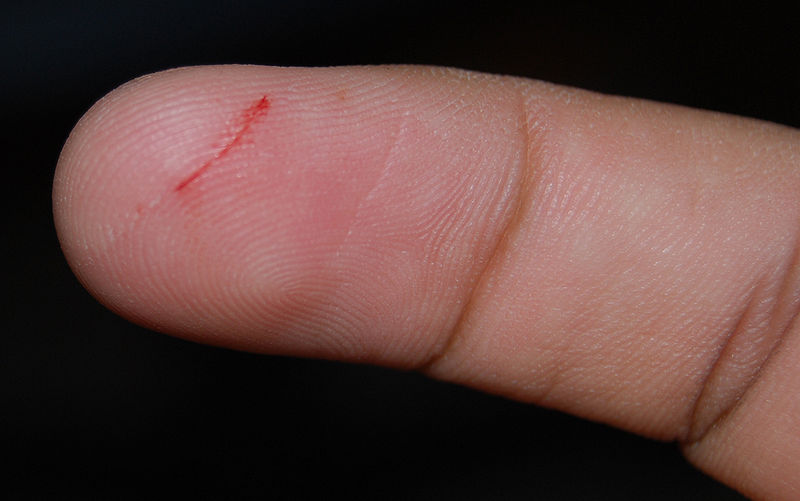Pain gene
A gene that coordinates the body's pain pathways has been discovered thanks to the help of a group of rare individuals born without the ability to ever experience the agony of a burn,  graze, bruise or fracture.
graze, bruise or fracture.
Catchily called PRDM12, the gene controls the formation of pain nerves in the developing body, and also the function of these nerves in the adult.
Scientists Geoff Woods and Alva Chen, who are based at Cambridge University, made the breakthrough, announced this week in the journal Nature Genetics, by comparing the DNA of 20,000 normal people with equivalent genetic sequences of over 150 individuals born without the ability to sense pain.
The rationale for the approach is to look for genetic changes that are absent from healthy people by consistently crop up in the DNA of individuals with the condition.
This led the researchers to PRDM12, which works as a regulator gene, controlling the activities of other genes, both during the development of the nervous system, and in the adult.
"Individuals with changes to this gene completely lack the nerves that carry pain in the body," says Chen. "They're completely missing from these people, so they can't feel anything painful."
At the moment, the team don't know exactly what PRDM12 does, or how it achieves its effects. "That's what we're looking at next," explains Woods. "We'll be introducing the genetic changes seen in the affected humans into mice so that we can study how the mice behave and what the gene does."
Crucially, PRDM12 is only active in the nervous system and, more uniquely, is active exclusively in pain-sensing nerves.
"If we can work out what it's doing and how it's doing that, we might have a way to target pain specifically," says Woods.
References
- Previous Robots that can overcome injury
- Next Rapid, in-vitro hair cells





Comments
Add a comment